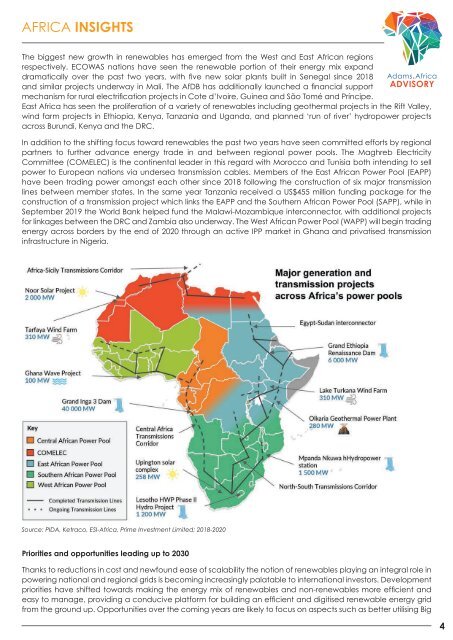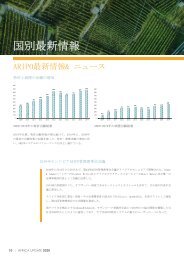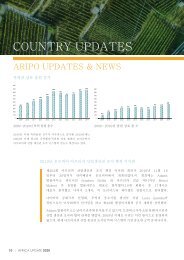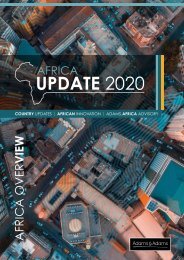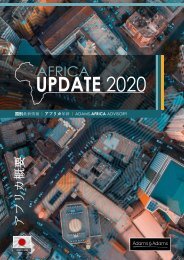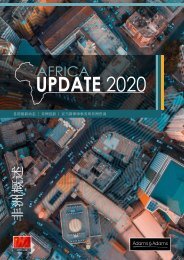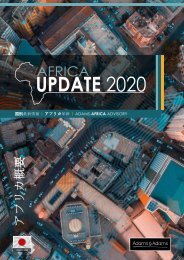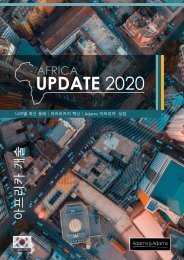Adams Adams Advisory Insights - May 2020
Helping guide strategic business decisions in Africa, Adams.Africa Advisory brings you detailed updates and intelligence briefings to keep you up-to-date and well-informed on all economic, business, and political developments from across the continent. Detailed monthly highlight packages offer insights into the latest changes and key trends in all of Africa’s jurisdictions, together with pressing ad-hoc updates, providing clients with accurate information, and a precise framework for brand expansion and IP protection. Adams.Africa Advisory comprises an expert team with first-hand experience and knowledge, offering clients a diverse range of critical service offerings. https://www.adams.africa/advisory-insights/
Helping guide strategic business decisions in Africa, Adams.Africa Advisory brings you detailed updates and intelligence briefings to keep you up-to-date and well-informed on all economic, business, and political developments from across the continent.
Detailed monthly highlight packages offer insights into the latest changes and key trends in all of Africa’s jurisdictions, together with pressing ad-hoc updates, providing clients with accurate information, and a precise framework for brand expansion and IP protection.
Adams.Africa Advisory comprises an expert team with first-hand experience and knowledge, offering clients a diverse range of critical service offerings.
https://www.adams.africa/advisory-insights/
Create successful ePaper yourself
Turn your PDF publications into a flip-book with our unique Google optimized e-Paper software.
AFRICA INSIGHTS<br />
The biggest new growth in renewables has emerged from the West and East African regions<br />
respectively. ECOWAS nations have seen the renewable portion of their energy mix expand<br />
dramatically over the past two years, with five new solar plants built in Senegal since 2018<br />
and similar projects underway in Mali. The AfDB has additionally launched a financial support<br />
mechanism for rural electrification projects in Cote d’Ivoire, Guinea and São Tomé and Príncipe.<br />
East Africa has seen the proliferation of a variety of renewables including geothermal projects in the Rift Valley,<br />
wind farm projects in Ethiopia, Kenya, Tanzania and Uganda, and planned ‘run of river’ hydropower projects<br />
across Burundi, Kenya and the DRC.<br />
In addition to the shifting focus toward renewables the past two years have seen committed efforts by regional<br />
partners to further advance energy trade in and between regional power pools. The Maghreb Electricity<br />
Committee (COMELEC) is the continental leader in this regard with Morocco and Tunisia both intending to sell<br />
power to European nations via undersea transmission cables. Members of the East African Power Pool (EAPP)<br />
have been trading power amongst each other since 2018 following the construction of six major transmission<br />
lines between member states. In the same year Tanzania received a US$455 million funding package for the<br />
construction of a transmission project which links the EAPP and the Southern African Power Pool (SAPP), while in<br />
September 2019 the World Bank helped fund the Malawi-Mozambique interconnector, with additional projects<br />
for linkages between the DRC and Zambia also underway. The West African Power Pool (WAPP) will begin trading<br />
energy across borders by the end of <strong>2020</strong> through an active IPP market in Ghana and privatised transmission<br />
infrastructure in Nigeria.<br />
Source: PIDA, Ketraco, ESI-Africa, Prime Investment Limited; 2018-<strong>2020</strong><br />
Priorities and opportunities leading up to 2030<br />
Thanks to reductions in cost and newfound ease of scalability the notion of renewables playing an integral role in<br />
powering national and regional grids is becoming increasingly palatable to international investors. Development<br />
priorities have shifted towards making the energy mix of renewables and non-renewables more efficient and<br />
easy to manage, providing a conducive platform for building an efficient and digitised renewable energy grid<br />
from the ground up. Opportunities over the coming years are likely to focus on aspects such as better utilising Big<br />
4


